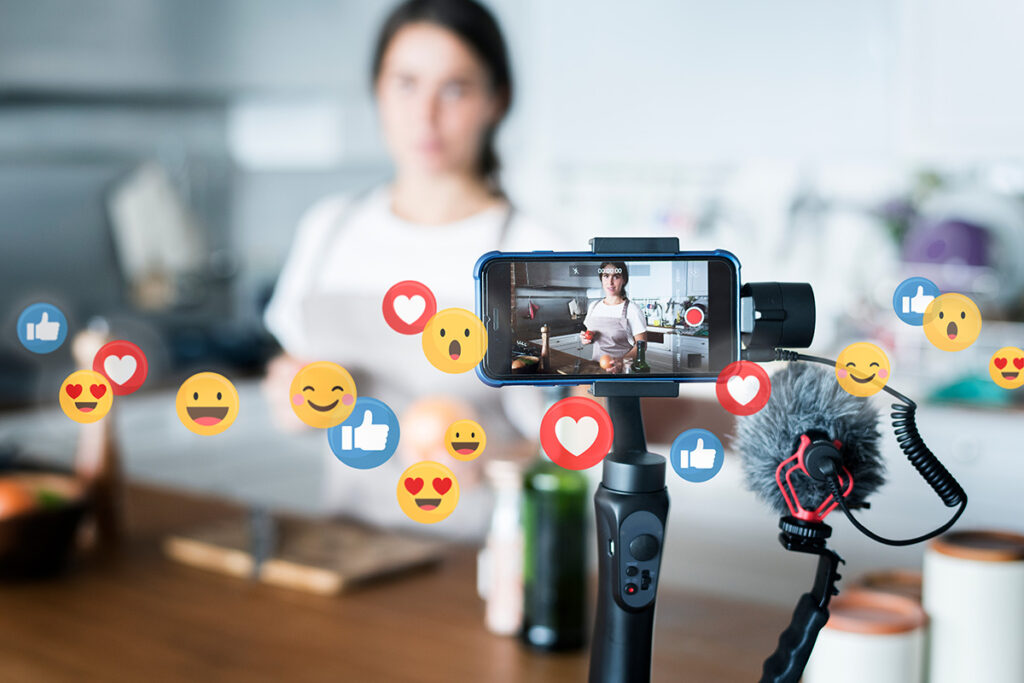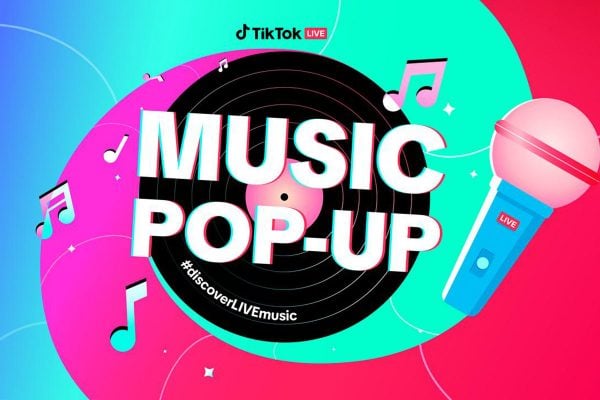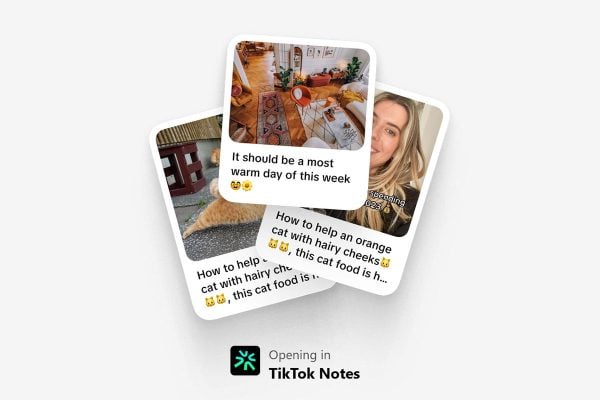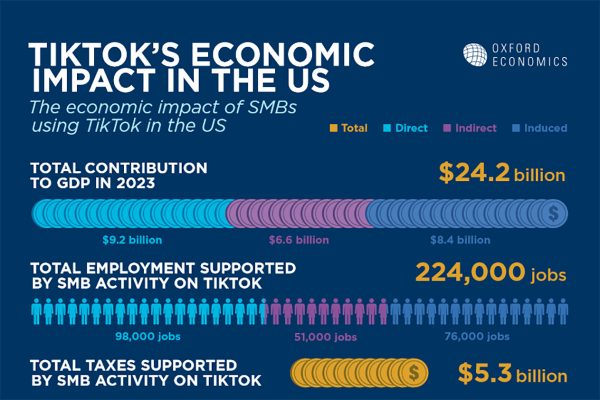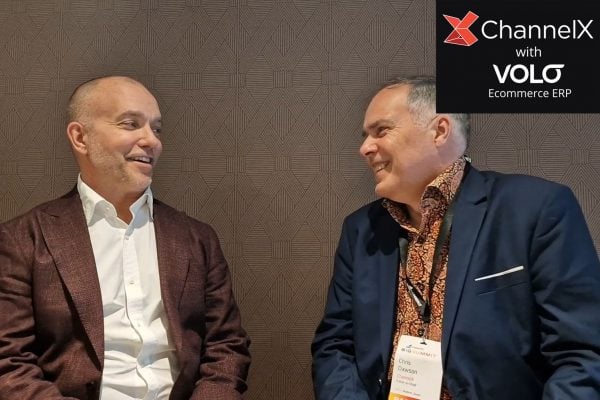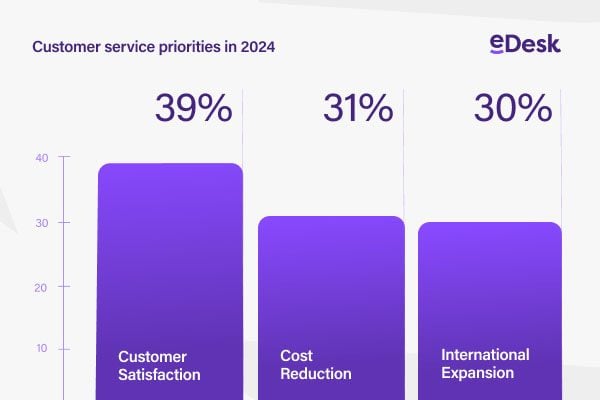If you’ve a product you want to punt you’ve doubtless been advised that influencer marketing is the way to go. Covering the most popular social platforms (Meta (Facebook, Instagram), TikTok, Twitter, and YouTube), influencer marketing has become an income revenue for those who have built up a social following and a way for marketeers to get their products in front of an audience that is otherwise inaccessible.
Influence marketing does come with problems however. If you are following someone for their self generated content, when they suddenly spring a product recommendation into the mix how do you know if they are genuinely delighted with a recent purchase or if they are just plugging a product for payment? Even less transparent is whether the opinion is their own or if they are reading from a script supplied by whoever is paying them? Ideally, promotions should be marked as adverts but this doesn’t always happen.
Now the government is looking at regulation for influencer marketing which has grown rapidly outside the normal norms for adverts. Of particular interest is influencer marketing to children who are naturally need greater protection than adults.
The Government have identified four different advertising routes:
- Endorsement: Traditional, paid for, adverts. Messaging is controlled by the brand or advertiser and disseminated by the influencer in exchange for a payment. These are most often embedded within an influencer’s editorial content to form an ‘advertorial’.
- Affiliate: A type of endorsement deal where the influencer’s post on social media includes URL links for intermediary organisations which broker a commission for influencers. Influencers are paid on a cost per click and/or cost per purchase arrangement.
- Gifting: Brands send free or loaned products or services to an influencer in the expectation that they will post a review or endorsement. This expectation may or may not be formalised.
- Collaborations: Collaborations between influencers and brands can be one-off transactions or take the form of long-term brand ambassador arrangements that last a year or more. According to Ben Jeffries from the influencer marketing agency Influencer.com, the influencer industry is moving towards the latter.
The Digital, Culture, Media and Sport Committee is recommending the Government use the Online Safety Bill to encompass influencer marketing and put rules in place to protect influencers from abuse and at the same time give the ASA powers to regulate content.
